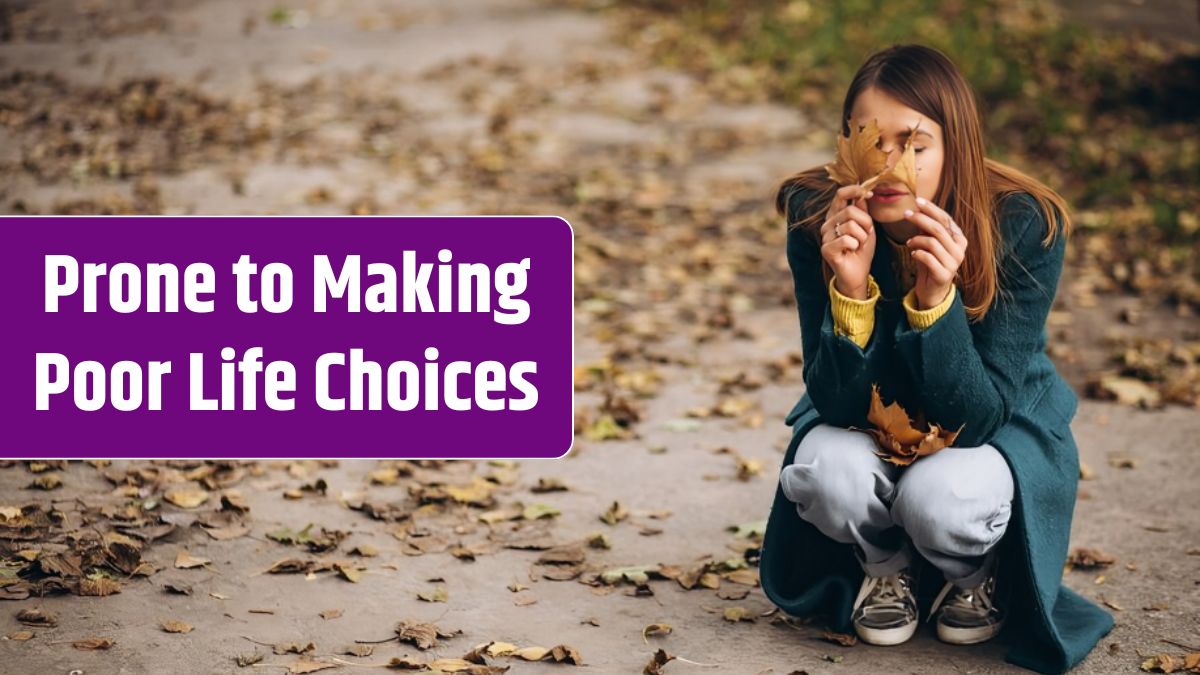Many American families may already be aware of SNAP, the Supplemental Nutrition Assistance Program, but there’s another valuable benefit they might be missing: WIC (Special Supplemental Nutrition Program for Women, Infants, and Children). Both programs provide critical assistance, especially to low-income families and women with young children. The good news? You may qualify for both benefits if you meet certain eligibility requirements. Here’s a breakdown of SNAP and WIC to help you determine if you’re eligible for one or both programs.
Requirements
SNAP, also known as the food stamps program, has specific guidelines for eligibility based on residency, income, resources, and employment. Below are the main requirements to qualify for SNAP:
- Residency: To apply for SNAP, you must live in the state where you’re applying. SNAP is managed at the state level, so moving between states usually requires reapplying in your new state.
- Resource Limits: SNAP has resource limits on assets like cash, savings, and other countable resources. These resources must remain below a specific threshold, which varies by state and household size.
- Income Limits: To be eligible for SNAP, your household income must fall within specific limits based on household size. These limits are adjusted annually and vary by state.
- Work Requirements: Most adults applying for SNAP must meet work requirements. Exceptions are made for seniors, people with disabilities, and other specific groups, but non-exempt applicants are expected to either work or participate in an employment program.
Eligibility Criteria
- Residency in the applying state
- Resource and income limits
- Work requirements for non-exempt individuals
- Special considerations for seniors and individuals with disabilities
Meeting these criteria may qualify you for SNAP benefits, giving you financial support for essential grocery expenses.
WIC Eligibility
WIC is another critical benefit that helps women and children access nutritious food. While SNAP is designed for a wider range of low-income households, WIC targets specific populations. If you’re already receiving SNAP, you may meet WIC’s income guidelines as well.
To qualify for WIC, you must fall into one of the following categories:
- Pregnant women
- Postpartum women (up to six months after childbirth)
- Breastfeeding women (up to one year postpartum)
- Infants
- Children up to age five
Income Requirement: WIC income limits are set at or below 185% of the federal poverty level, making many SNAP recipients eligible.
Nutritional Risk Requirement: To receive WIC, you must also be identified as at nutritional risk. This is determined by a healthcare professional and involves assessing factors like diet, medical conditions, or a child’s growth metrics.
Residency Requirement: Like SNAP, WIC applicants must reside in the state where they apply.
How to Apply
If you think you meet the eligibility requirements for both SNAP and WIC, here are the steps to apply:
- Contact Local Offices: Apply for SNAP through your state’s SNAP office and for WIC through your local WIC agency. Some states coordinate the programs, streamlining the application process if you’re applying for both.
- Gather Required Documents: Be prepared with proof of income, identity, residency, and for WIC, documentation regarding nutritional risk, such as medical records or dietary assessments.
- Eligibility Determination: Once submitted, your application will be reviewed for eligibility. Since both programs aim to help low-income families, SNAP recipients often meet WIC income guidelines.
Comparison
| Program | Eligible Groups | Income Limit | Nutritional Risk Required? | Other Conditions |
|---|---|---|---|---|
| SNAP | Low-income households | Varies by state | No | Residency, resource limit, work requirements |
| WIC | Pregnant, postpartum, breastfeeding women, infants, children <5 | 185% of poverty level | Yes | Residency, income requirements |
Benefits
Combining SNAP and WIC can provide you with extensive resources to meet your family’s nutritional needs. Here are some tips for using both programs effectively:
- Use Both Programs: Since SNAP covers groceries and WIC covers specific nutritious items (like dairy, produce, and formula), you can stretch both benefits to support a balanced diet.
- Utilize Nutrition Support: WIC provides access to nutrition education and counseling, so consider using these resources for guidance on meal planning and healthy food choices.
- Stay Organized: Track program deadlines and keep any updates to your income, residency, or household size up to date with the agencies to ensure your benefits continue.
Together, SNAP and WIC provide essential support for families facing financial challenges. Accessing these programs can ease the burden of grocery expenses and ensure that young children receive the nutrition they need for healthy development.
FAQs
What is SNAP eligibility for 2024?
Eligibility is based on income, residency, resources, and work requirements.
Who qualifies for WIC?
Pregnant women, postpartum women, infants, and young children qualify for WIC.
Can I apply for both SNAP and WIC?
Yes, many families qualify for both if they meet all eligibility requirements.
What income level qualifies for WIC?
Your income must be at or below 185% of the federal poverty level.
Do SNAP recipients automatically qualify for WIC?
SNAP may help meet WIC’s income requirements, but other factors are required.






